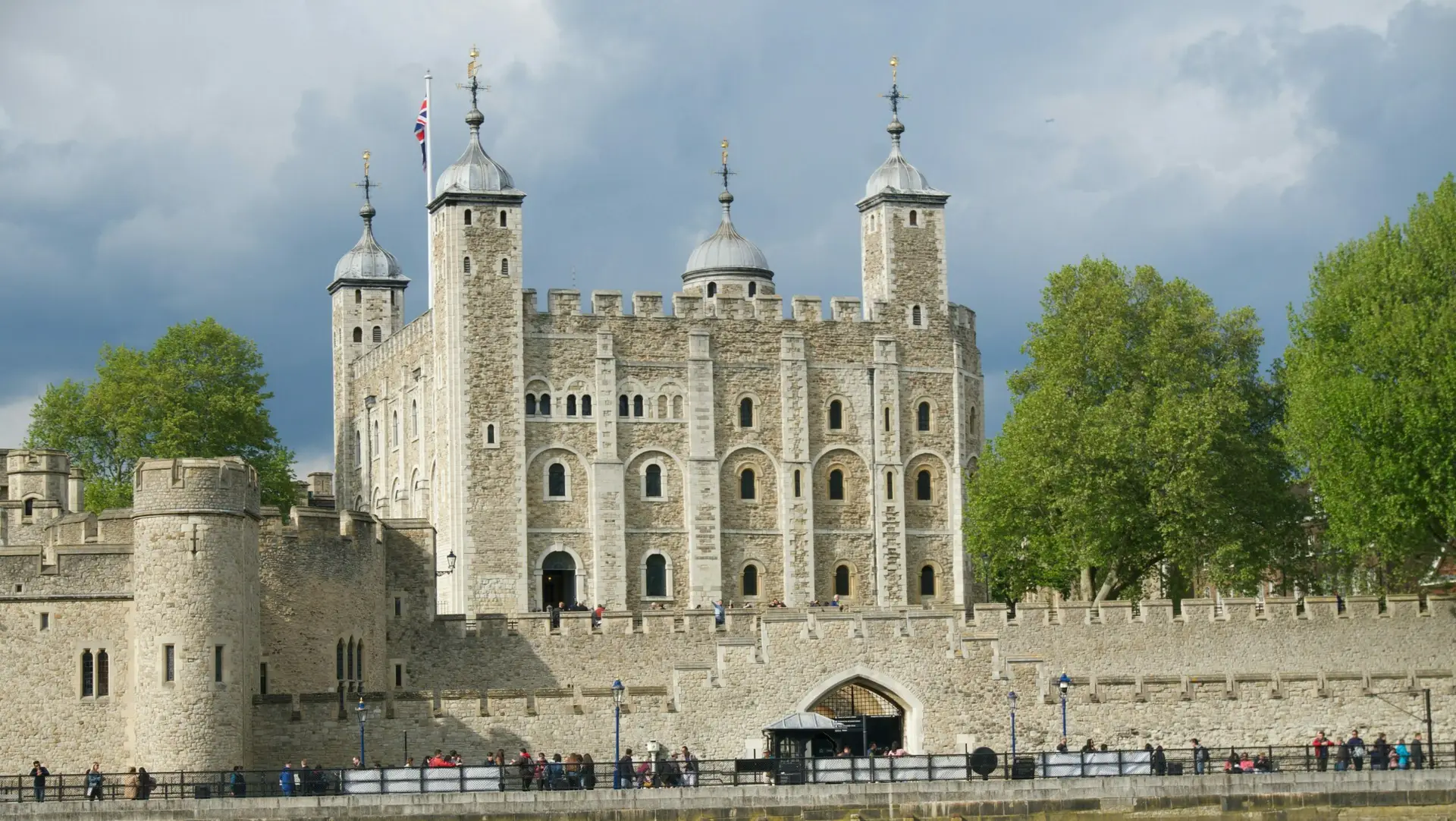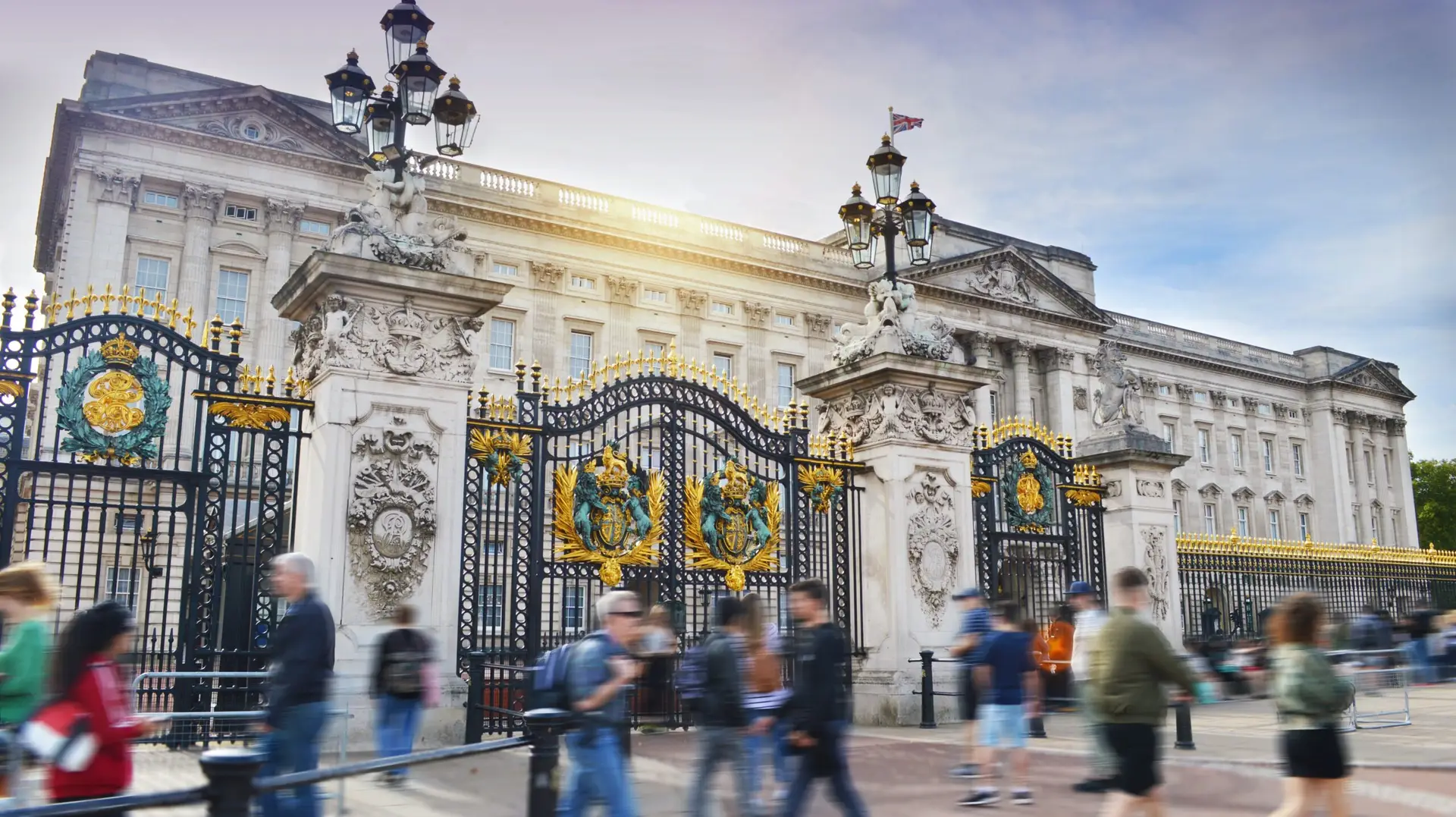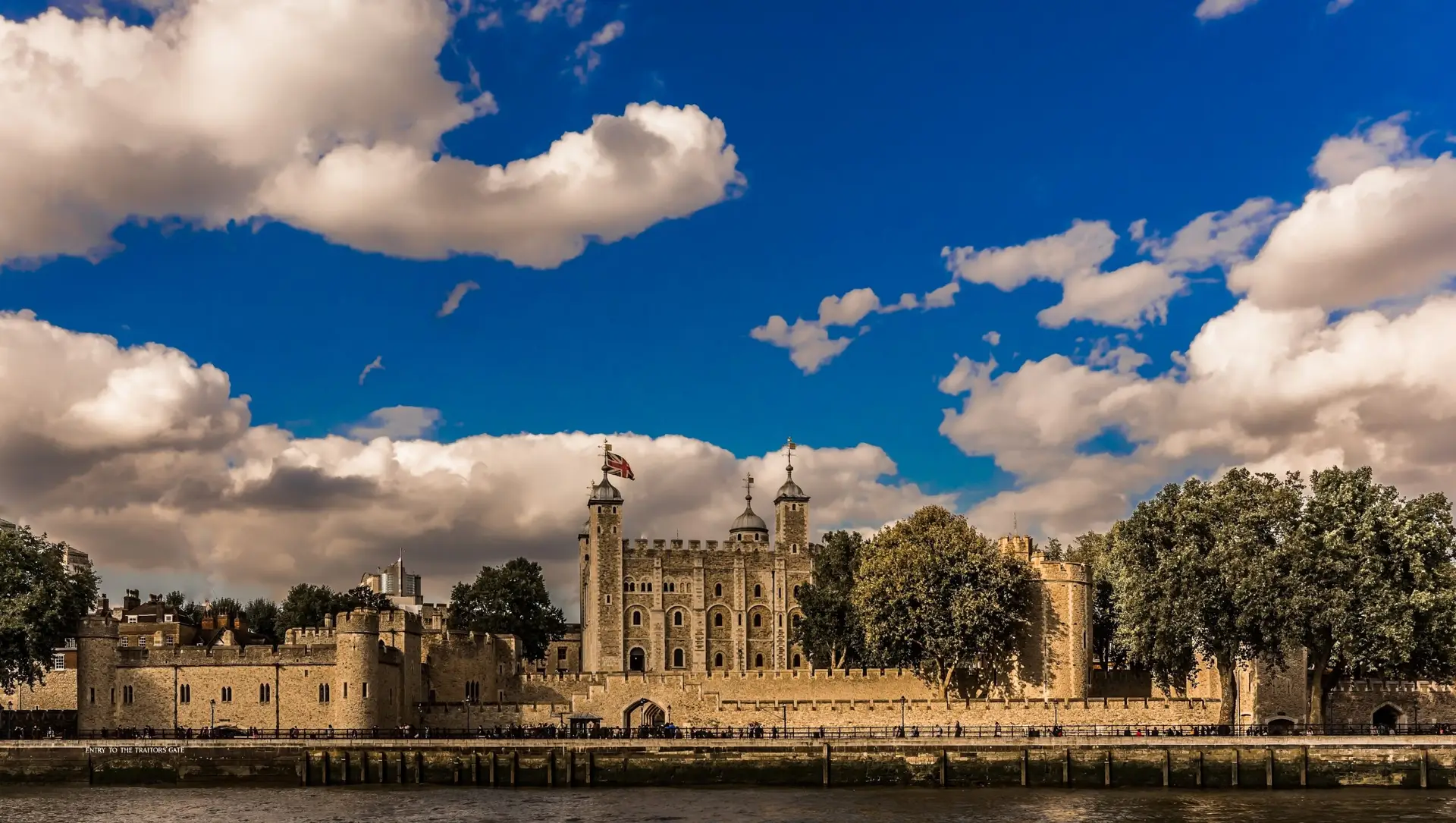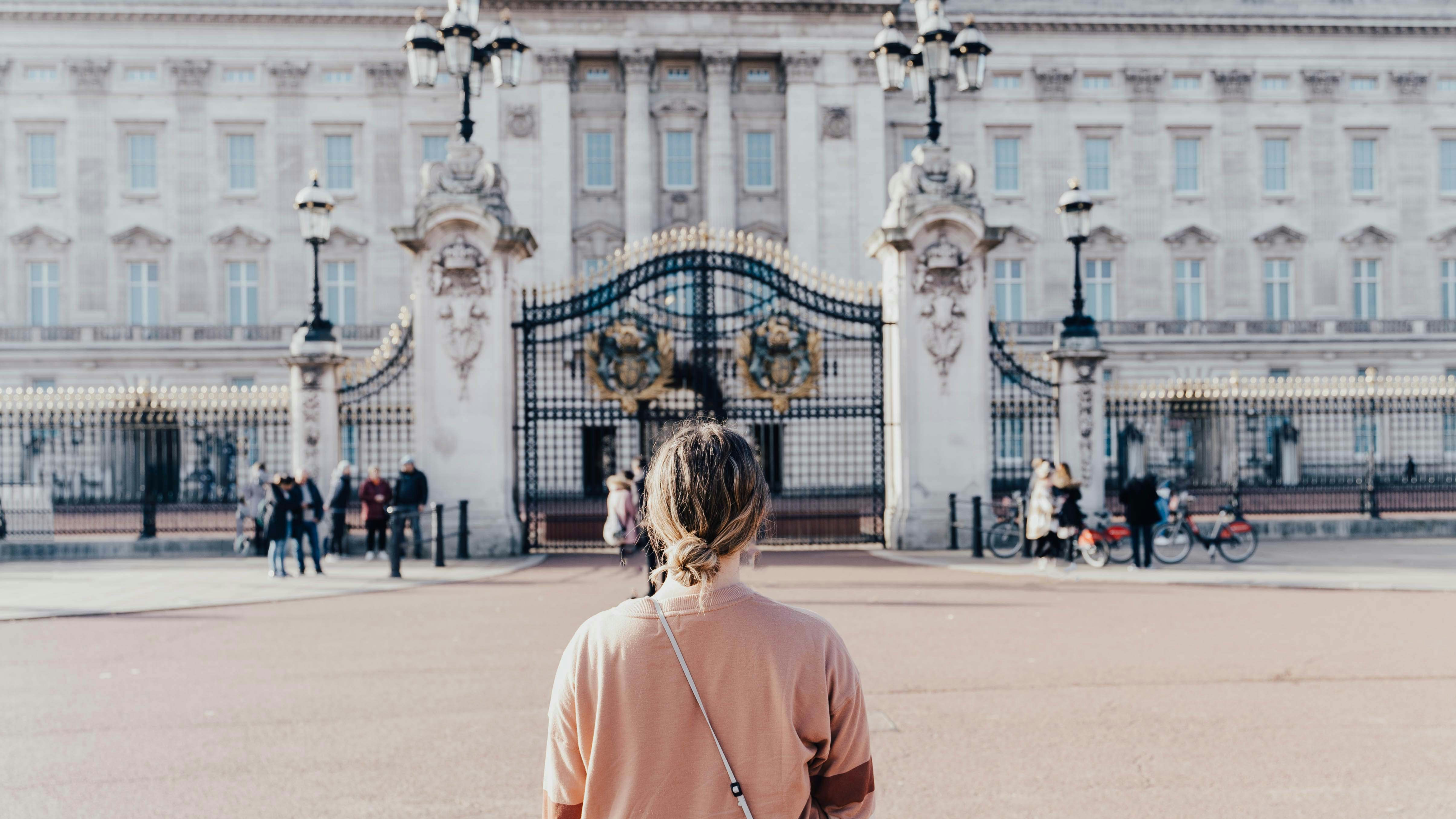Kensington Palace visit - everything you need to know
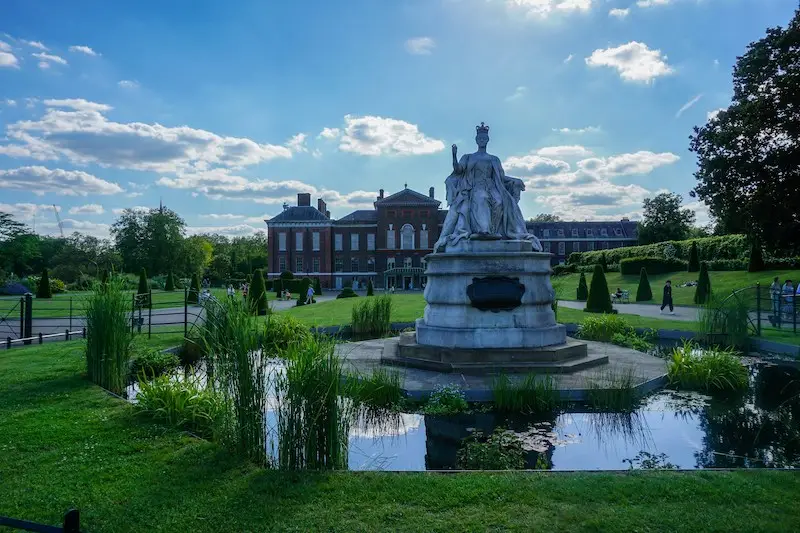
Kensington Palace, located in the heart of London, is one of the most significant royal residences in British history. With its rich past, architectural splendor, and beautiful gardens, the palace has been home to some of the most notable figures in the British monarchy. From the reign of King William III and Queen Mary II to its current status as the official London residence of the Prince and Princess of Wales, Kensington Palace remains a symbol of royal tradition and cultural heritage. In this detailed guide, we’ll explore everything you need to know about Kensington Palace visit, from its history and architecture to its current role in the royal family.
A brief History of Kensington Palace
Kensington Palace began its life as a modest Jacobean mansion known as Nottingham House. It was built in 1605 by Sir George Coppin, but its transformation into a royal residence came in 1689 when King William III and Queen Mary II purchased it. The couple sought a home away from the damp and unhealthy conditions of Whitehall, and Kensington, with its higher elevation and fresh air, was an ideal choice.
To make the mansion suitable for a king and queen, the renowned architect Sir Christopher Wren was commissioned to expand and renovate the building. Wren added new wings, state apartments, and a grand entrance, transforming Nottingham House into a palace fit for royalty. The King’s Gallery, one of Wren’s masterpieces, is still a highlight of the palace today, adorned with exquisite paintings and elegant decor that reflect the tastes of William and Mary.
Kensington Palace continued to play a vital role in royal life throughout the 18th century. It was the birthplace and childhood home of Queen Victoria, who would go on to become Britain’s longest-reigning monarch at the time. Her early years at the palace were marked by a strict and sheltered upbringing under the “Kensington System,” which was devised by her mother, the Duchess of Kent, and her close advisor, Sir John Conroy. Despite these restrictions, Victoria’s time at Kensington Palace deeply influenced her character and prepared her for the responsibilities of the crown.
Architectural Highlights
Kensington Palace is a blend of architectural styles, reflecting the changes and additions made over the centuries. The original Jacobean structure is still visible, but the Baroque influences introduced by Wren and later architects dominate the palace’s appearance.
One of the most striking features of Kensington Palace is the King’s Staircase, a grand, sweeping staircase that leads to the King’s State Apartments. The staircase is adorned with a stunning mural by William Kent, depicting George I’s court in all its splendor. The mural captures the opulence and grandeur of the early 18th century and is considered one of the finest examples of British mural painting.
The Queen’s State Apartments, also designed by Wren, offer a more intimate look at royal life. These rooms were used by Queen Mary II and later by Queen Anne. The apartments include the Queen’s Bedroom, the Queen’s Drawing Room, and the Queen’s Gallery, each beautifully decorated with period furnishings, tapestries, and artworks. The apartments provide a fascinating glimpse into the private lives of the queens who lived there, contrasting with the more public and ceremonial spaces elsewhere in the palace.
Another architectural gem is the Orangery, built in 1704 for Queen Anne. This elegant building was originally used to house orange trees during the winter and to host lavish court entertainments. Today, the Orangery serves as a popular café and event space, offering visitors a taste of royal luxury in a stunning historic setting.
The Gardens of Kensington Palace
Kensington Palace is surrounded by expansive gardens that are as historically significant as the palace itself. The gardens were originally laid out in the early 18th century by Queen Anne, who wanted to create a space that combined formal and informal elements. The result is a series of beautifully landscaped areas, each with its own character and charm.
One of the most famous parts of the gardens is the Sunken Garden, which was created in 1908. This tranquil oasis is planted with vibrant seasonal flowers and features a central ornamental pond. The Sunken Garden is particularly well-known today as the site of the Diana, Princess of Wales Memorial Statue, unveiled in 2021 to commemorate the life and legacy of the beloved princess.
Another highlight is the Cradle Walk, a tree-lined path that encircles the Sunken Garden. This secluded walkway is a favorite among visitors for its peaceful atmosphere and picturesque views. The Cradle Walk provides a perfect opportunity to reflect on the beauty of the gardens and the history of the palace.
The Broad Walk, a wide promenade that runs along the east side of the palace, offers stunning views of the formal gardens and the palace itself. The walk is lined with carefully manicured hedges and flowerbeds, showcasing the horticultural artistry that has been a hallmark of Kensington Gardens for centuries.
Kensington Palace Today
Kensington Palace continues to serve as an important royal residence and a public museum. The palace is currently the official London home of the Prince and Princess of Wales, along with their children. The family resides in the private apartments, while other parts of the palace are open to the public.
The palace has also become a place of commemoration and celebration. In addition to the Diana Memorial Statue, the palace hosts various exhibitions and events that highlight its royal history and connections. Recent exhibitions have included displays of royal fashion, such as the iconic outfits worn by Princess Diana, and artifacts from Queen Victoria’s life.
Kensington Palace is managed by Historic Royal Palaces, an independent charity responsible for maintaining and presenting the palace to the public. The organization works to preserve the palace’s historic fabric while also making it accessible and engaging for contemporary audiences. Visitors can explore the state apartments, view temporary exhibitions, and stroll through the gardens, all while learning about the rich history and ongoing legacy of this remarkable royal residence.
Kensington Palace visit – what you need to know
Kensington Palace is open to visitors year-round, with seasonal variations in opening hours. The palace offers a range of experiences, from guided tours to special exhibitions. Audio guides are available to provide detailed information about the palace’s history, architecture, and royal residents.
For those interested in a more in-depth experience, London private tours with Urban Saunters can offer a personalized exploration of the palace and its grounds. These tours provide exclusive insights into the lives of the royals who lived at Kensington, as well as the architectural and artistic highlights of the palace.
Kensington Palace is easily accessible by public transport, with nearby Tube stations including High Street Kensington and Queensway. The palace is also a short walk from Hyde Park, making it an ideal destination for a day out in London.
Whether you are a history enthusiast, a lover of architecture, or simply looking to explore one of London’s most beautiful landmarks, Kensington Palace offers a rich and rewarding experience that is sure to leave a lasting impression.
Coming soon on Urban Saunters page – stay tuned!
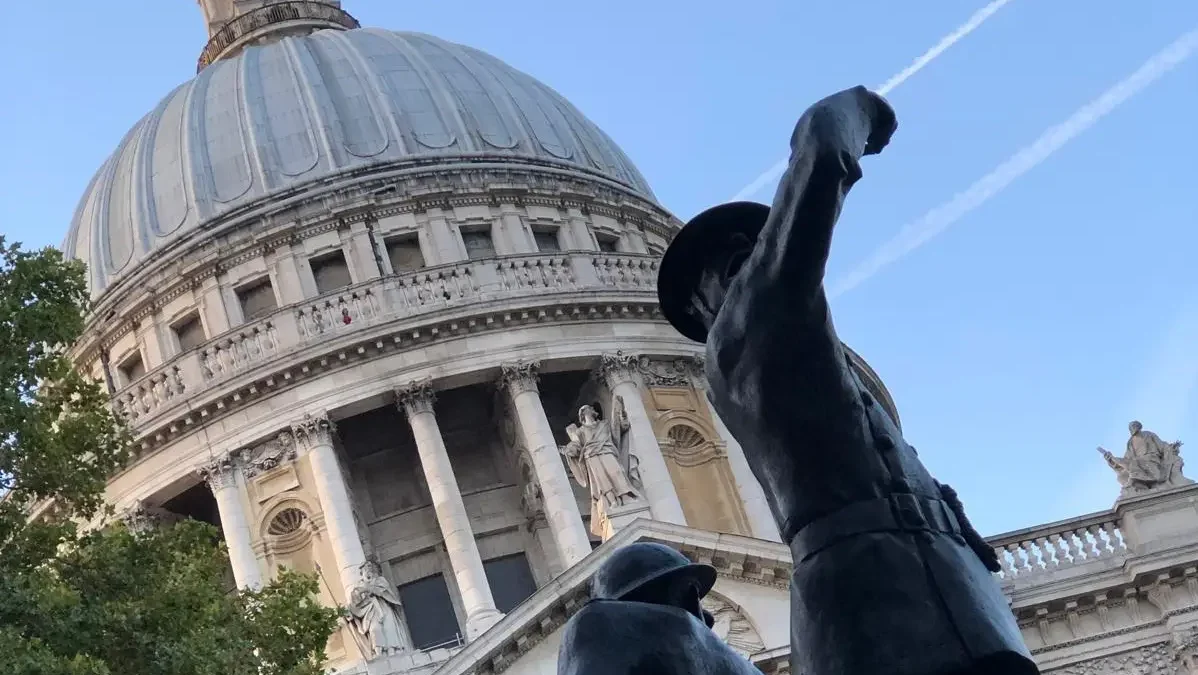
Step back in time on this small group tour through London’s WWII history, seeing iconic sites like St. Paul’s Cathedral from the outside, the ruins of St. Dunstan-in-the-East, and the HMS Belfast, uncovering stories of resilience and bravery.
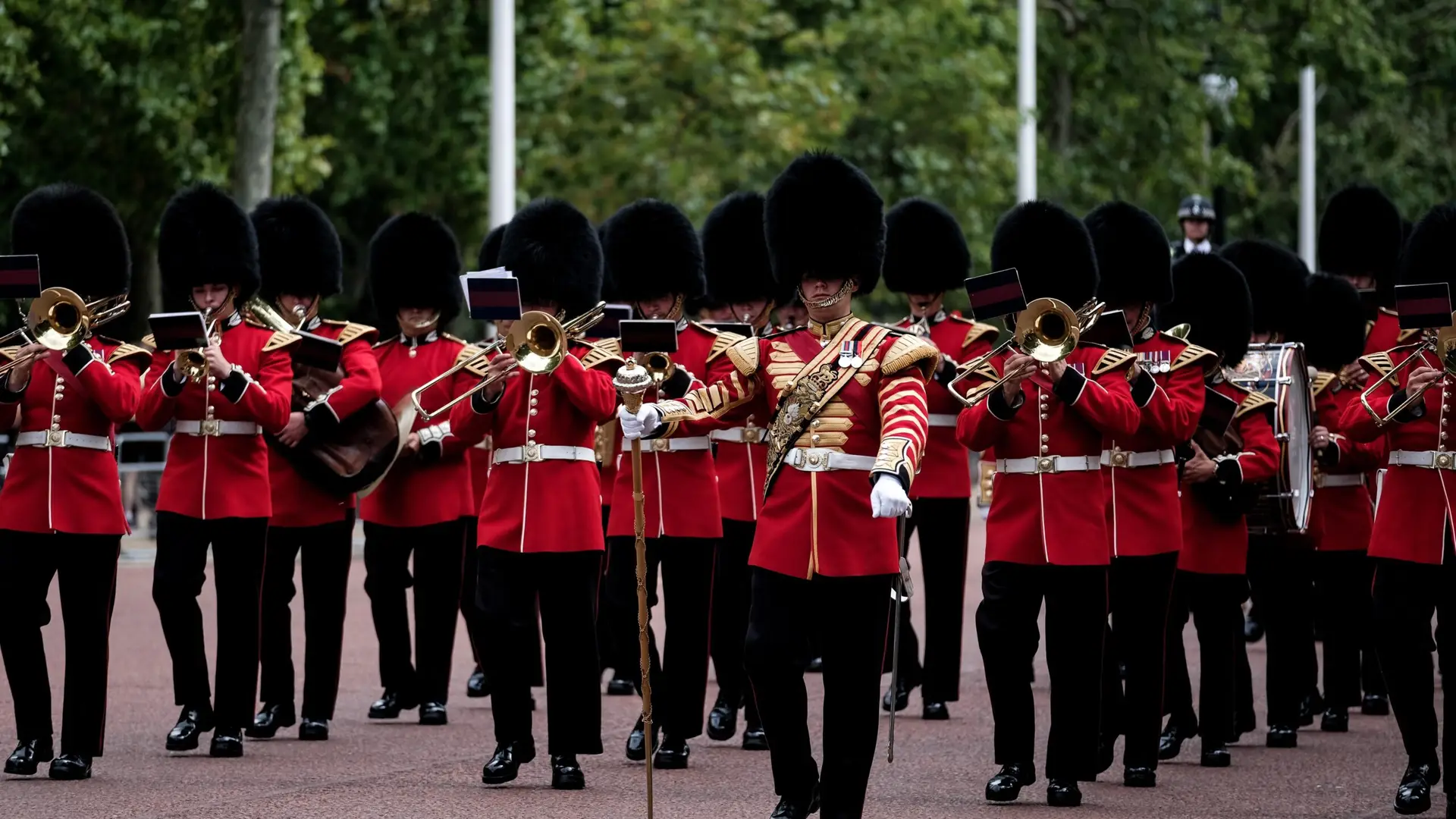
Best Seller
Get closer to the world-famous Changing of the Guard ceremony in London on a private or small-group tour led by a local. Discover the significance behind one of the most iconic British traditions.

Best Seller
Discover the epicentre of British democracy during WWII as you explore Westminster and Churchill's War Room. See where decisions were made and plans were laid to repel the German invasion.
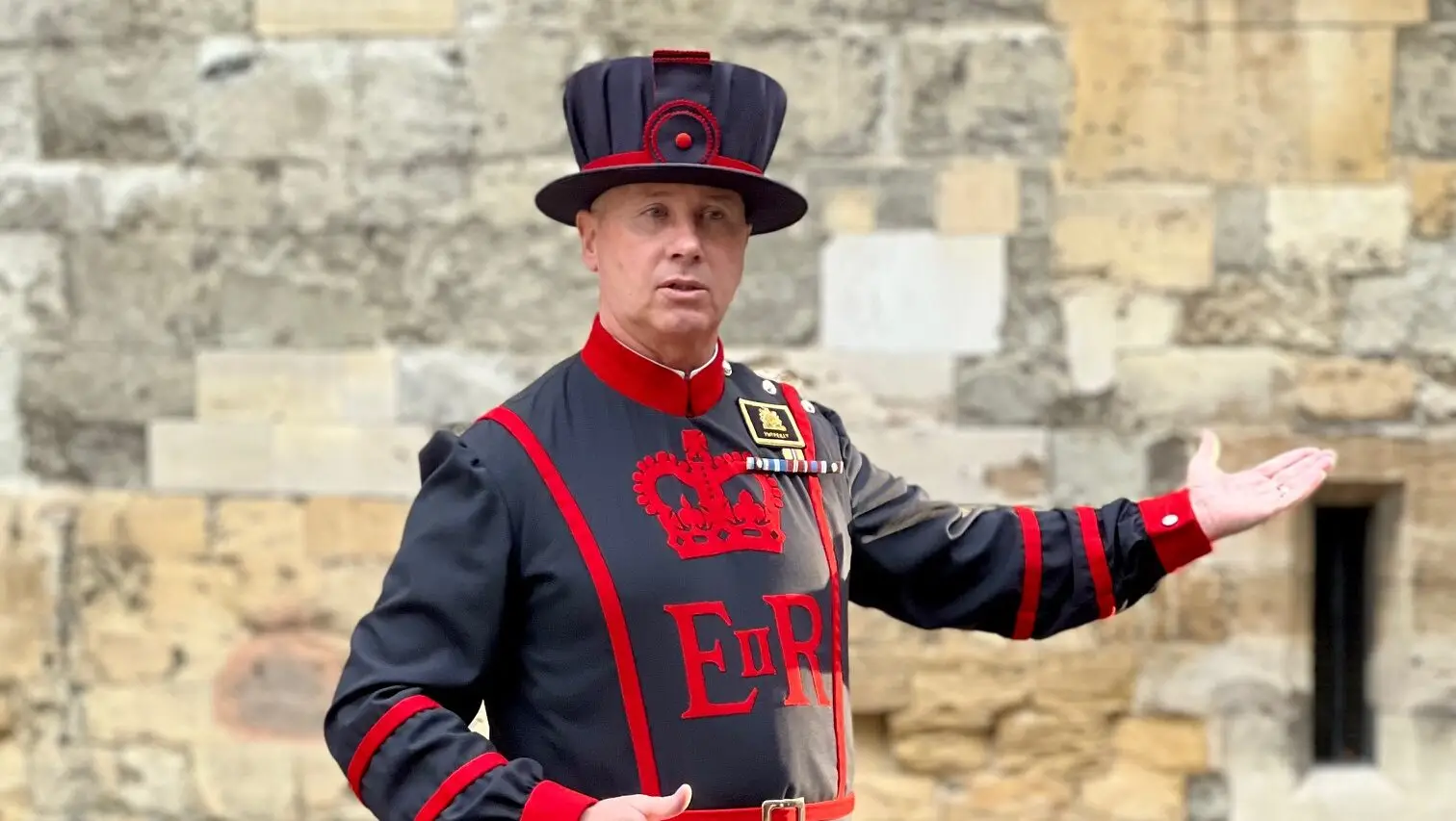
Best Seller
Be the first in line to explore the crown jewels and witness the opening ceremony at the Tower of London. Take part in an adventure that will see you travel from the old City regal city of Westminster.
Book With Extra Flexibility
Choose new departure dates if your plans change.
Reach out to us anytime via online chat, phone or email.
Get credit for future trips if you need more time to decide.
Change to a different tour run by the same tour operator.


